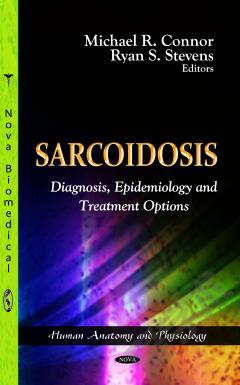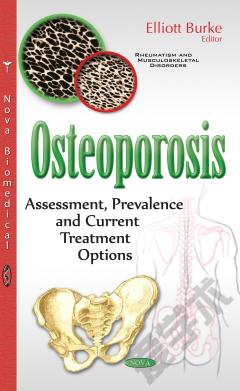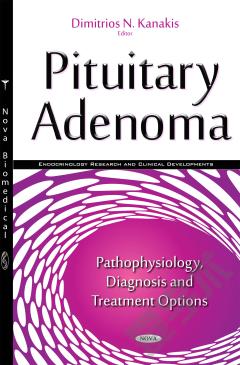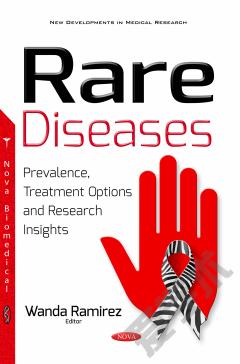Urticaria: Prevalence, Etiologies and Treatment Options
Urticaria is a common condition, affecting up to 20% of the population at some stage in their lives. It is an important entity to recognize and differentiate from other similar presenting conditions and the clinician ideally needs to be aware of the numerous forms and presentations of urticaria, which varies in terms of severity, chronicity, extent of organ involvement, therapeutic options and prognosis. The book contains 18 chapters, 17 of which are focused on a specific area of importance in this disease. After introducing the topic and discussing the epidemiology of urticaria, the book then comprehensively examines acute urticaria, the various forms of inducible urticaria, urticarial vasculitis, and chronic spontaneous urticaria, a relatively novel term that encompasses chronic autoimmune urticaria and chronic idiopathic urticaria. There is a chapter dedicated to urticaria in children as well as a chapter describing the use of basophil activation tests in chronic urticaria. The final three chapters are devoted to the treatment of urticaria; first line therapies, the role and options of immunosuppression, and the emerging use of omalizumab. The chapters have been written by clinicians and experts in the area from various renowned institutions with the aim of providing a comprehensive yet practical guide to general physicians, dermatologists, clinical immunologists, allergists, and emergency physicians who encounter the problem of urticaria in their practice.
{{comment.content}}








 京公网安备 11010802027623号
京公网安备 11010802027623号